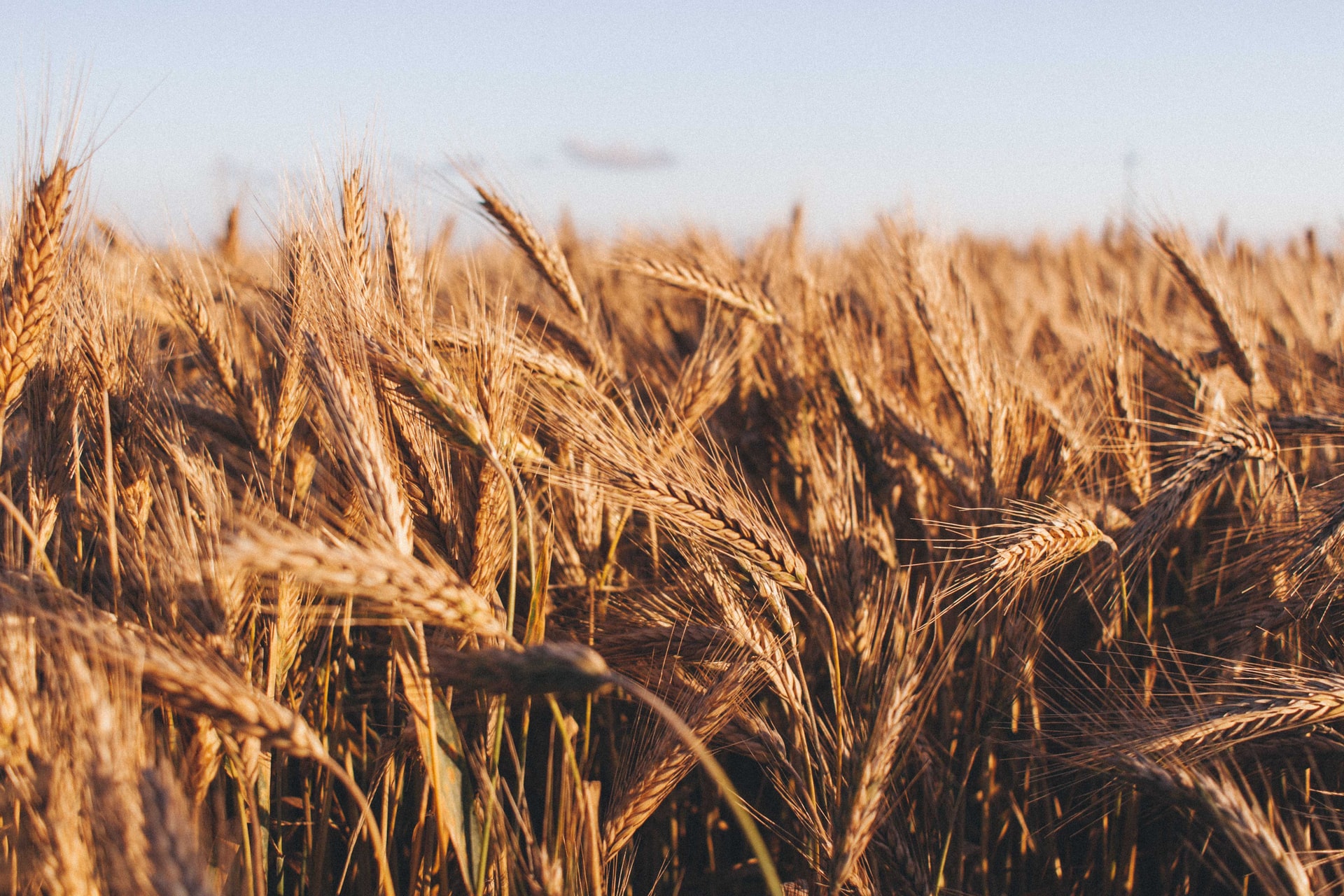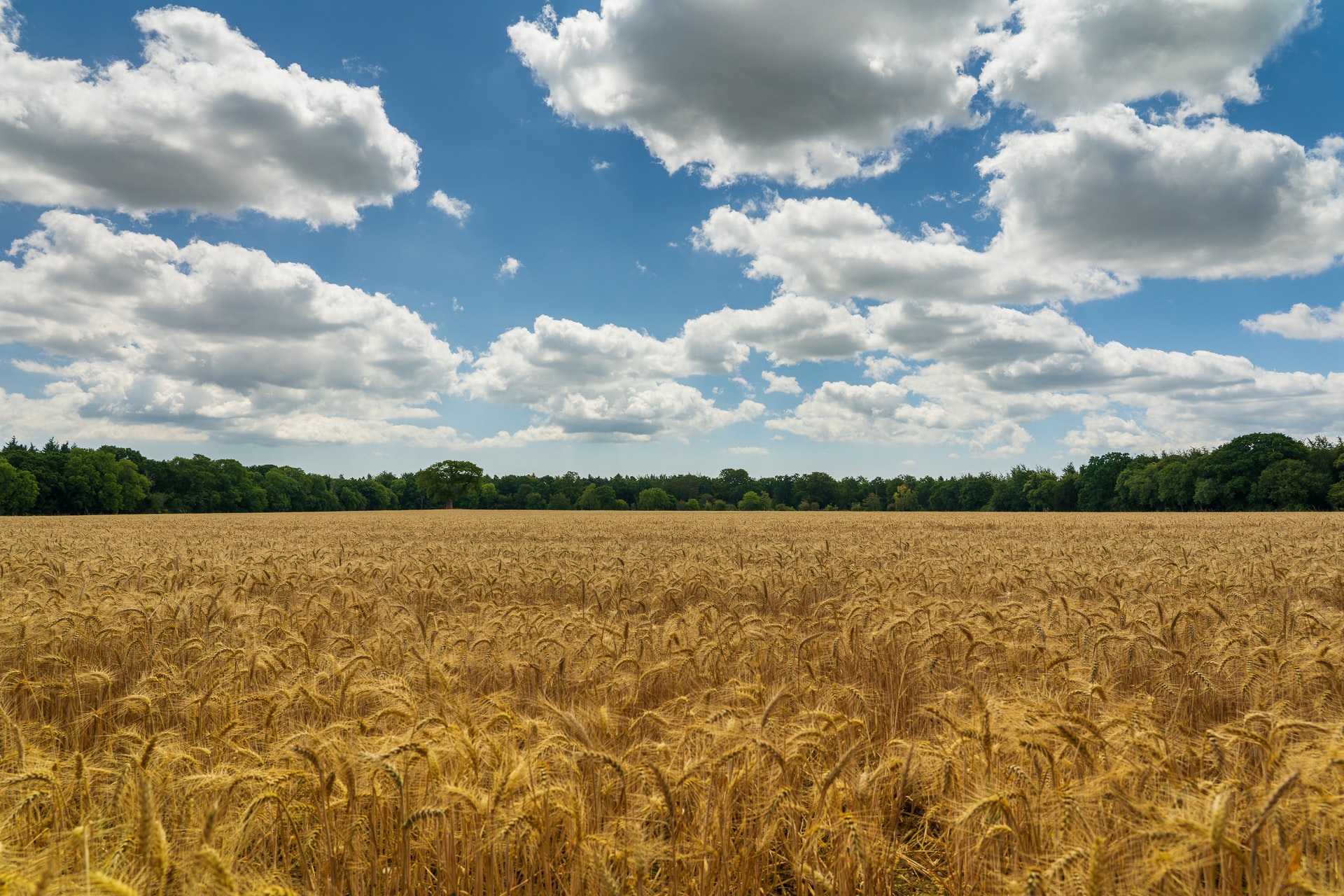WA Market Wrap
By Ben Cotsford
18th May 2022
To date, seeding conditions over most of Western Australia have been excellent and, in some areas, exceptional. This is the second year in a row many have encountered the “new phenomenon” that is sowing programs into soil moisture and being provided the luxury of “knock down” chemical application.
Most Australian farmers now look to be in prime position to capitalize on record forward prices, much of which is attributed to the effects of the crisis in Ukraine and to a lesser extent, weather concerns in parts of the USA and hot weather in parts of India as they come to the end of their growing season.
Growers’ gross margins for cereals have moved closer together as a result of barley and corn approaching the end of the planting window in the large exporting Ukraine without any sign of a nearby resolution to the situation there. The spread between wheat and barley a few months ago was $90 and now has shortened closer to $35 as we gain more information about potential lack of planting capacity in the Ukraine.
This will mean in some locations barley’s additional yield will justify barley coming back into play and will most likely normalize rotations, whereas previously some swings towards wheat were anticipated. The early break has given many farmers over a large part of Australia the opportunity to increase canola plantings subject to seed access to seed to allow them to make this increase. Having said this, there are parts of the East Coast that are now facing excess moisture and an inability to access fields, with some isolated reports of water logging.
Recently the European union reduced their mandate for biofuel from oilseeds to try and prevent greater pressure on inflation, which moved the market significantly lower - coming off $70 with a similar pull back being seen in the Aussie market. Even with the retrace, prices are still over $1100 on a port basis and are offering the best gross margins potential for all commodities.
Given the circumstances of little exports from the Black Sea region, alternative origins must now step up and fill the shortfall. One country the world was looking to was India however the global market caught a shock when India announced an abrupt ban on its wheat exports on May 14. The ban is in part due to a series of heatwaves during March that have impacted wheat production in the country. Government officials have also suggested the decision has been made to curb food hoarding and to check rising prices during a time coinciding with record retail inflation in the country.
In the U.S. spring-wheat futures extended a weekly rally, nearing the highest since 2008, as wet weather keeps farmers out of fields during planting periods. Showers and snow will keep sowing stalled in the northern U.S. Plains, according to Commodity Weather Group. Heavy rain is risking floods there, while wet weather in Canada has also hampered fieldwork. That’s raising worries about crops, after drought slashed that region’s output last year and comes as a gauge of grains prices to remain near an all-time high.
Spring wheat is prized for its high protein content and used in foods from bagels to pizza dough, and this commodity like others has seen significant rallies. The spring-wheat crop should continue to see planting delays with heavy rains and cold weather in the forecast, higher protein grades pricing in Australia may see some gain on the back of these concerns.
Indian export ban causes import headaches

The global market caught a shock late last week when India announced an abrupt ban on its wheat exports on May 14.
Read MoreA logistical nightmare

The recent harvest provided a physical and emotional rollercoaster with the highlights of big yields and strong pricing counterbalanced by persistent harvest rains and the subsequent delays and quality issues.
Read MoreOilseed demand lifts acreage

Significant increases to crop input prices hasn't slowed the efforts to plant this year's winter crop as almost the entire east coast has been gifted a well-timed and wide-spread autumn break.
Read MoreWA Market Wrap

Generally favourable growing conditions and record yields have seen the 21/22 West Australian crop reach 21.3 million tonnes into CBH, well in front of CBH’s previous record of 16.6 million tonnes in 16/17.
Read MoreOptimal conditions align for winter crop

As sowing programs across the country ramp up on what for the most part is a full moisture profile, Australian farmers look primed to capitalize on record prices for their product.
Read MoreExisting world grains issues persist

Another week rolls by and another round of inputs into the discussion, more forcibly argued depending on the side of the fence you sit, seller or buyer.
Read More